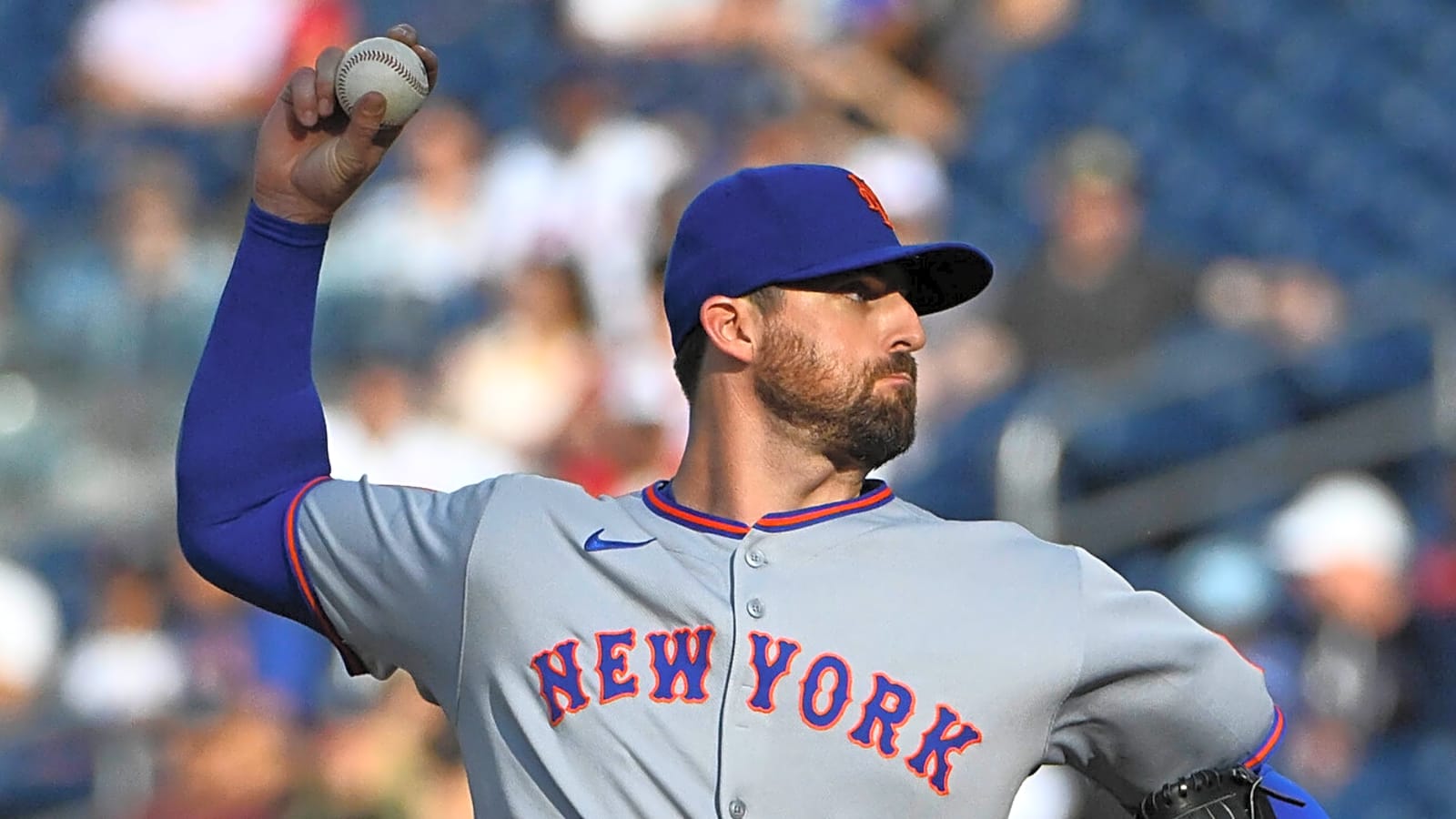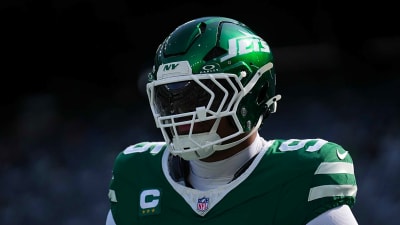
Why the Mets should be wary of Clay Holmes' great start
Before Opening Day, the New York Mets’ starting rotation was a key area of concern. The injuries to Sean Manaea and Frankie Montas would only serve to exacerbate these concerns.
But with one month of baseball now in the rearview mirror, all worries were quickly dispelled. The entire pitching staff has been a glowing image of strength, posting an MLB-best 2.53 ERA as a whole.
Among the many pleasant surprises, the Mets owe their success to free-agent signing Clay Holmes. Signed for $26M for two years with a $12M player option for 2027, their bet on the 32-year-old, two-time All-Star was not a low-risk gamble.
As recently as last season, Holmes was the star closer for the New York Yankees, finishing the year with a 3.14 ERA in 67 relief appearances. But the Mets didn’t sign Holmes to be a reliever; their key risk was in signing him to be a starter. Up until that point, Holmes had only started four games, all of which came in his rookie year in 2018 with the Pirates.
Since making the move to Queens, Holmes has seen considerable success in six starts. Holmes is throwing to a 2.64 ERA in 30.2 innings, already nearly half the 63 innings he pitched last season.
What is extremely impressive is that he has yet to give up a home run this season. Thus far, the Mets’ gamble is paying off nicely. However, there is one major reason to be wary of Holmes; one that Yankees fans are thoroughly aware of.
Holmes’ largest shortcoming is his inconsistency. For his full career, Holmes has pitched to a satisfactory 3.00 ERA during the first half. During the second half, this number balloons to 4.64. From March through May, Holmes owns a career ERA well under 3.00. In June, Holmes’ career ERA stands at 3.54 before it settles in the high 5.00s through July and August.
If there’s any good news, it would be that these unsightly figures are replaced by a 3.07 ERA through September and October.
The majority of his problems stem from his spotty command, which at times is excellent, but is never permanent. As a result, Holmes gives up home runs at a higher rate (microscopic 0.83% in first half, 2.44% in the second) while allowing his opponent on-base percentages to rise (.310 in first half, .338 in the second). However, even more telling would be his opponent slugging percentage splits, which stands at .283 in the first half but jolt to .355 in the second.
In 2024, Holmes was unpredictable. He was flawless through April, but his ERA would climb in May. As early as June, Holmes was already coming off the tracks with an ERA of 5.59 on the month. Holmes would recover and pitch to a stellar 1.93 ERA in August. But through September and October, he lost his form again, pitching to an ERA of 6.00.
These numbers had a tendency to rise and fall with his strikeout rates. More contact meant more runs. In September, after his 11th blown save of the season, Holmes lost his job as the Yankees’ closer to Luke Weaver. He would finish the season with 13 blown saves on the year.
Having experienced Holmes’ rollercoaster ride firsthand, the Yankees decided not to pursue him in free agency. In time, we will see if the Mets learn the same lesson.
The good news is that if the rotation doesn’t work out for him, Holmes can always be moved to the bullpen when Montas and Manaea return.
More must-reads:
- Juan Soto's bat speed decline threatens Mets' $765 million investment
- Comparing the Yankees and Mets after Juan Soto's move
- The 'Highest-paid player for every MLB team' quiz
Breaking News
Trending News
Customize Your Newsletter
 +
+
Get the latest news and rumors, customized to your favorite sports and teams. Emailed daily. Always free!








